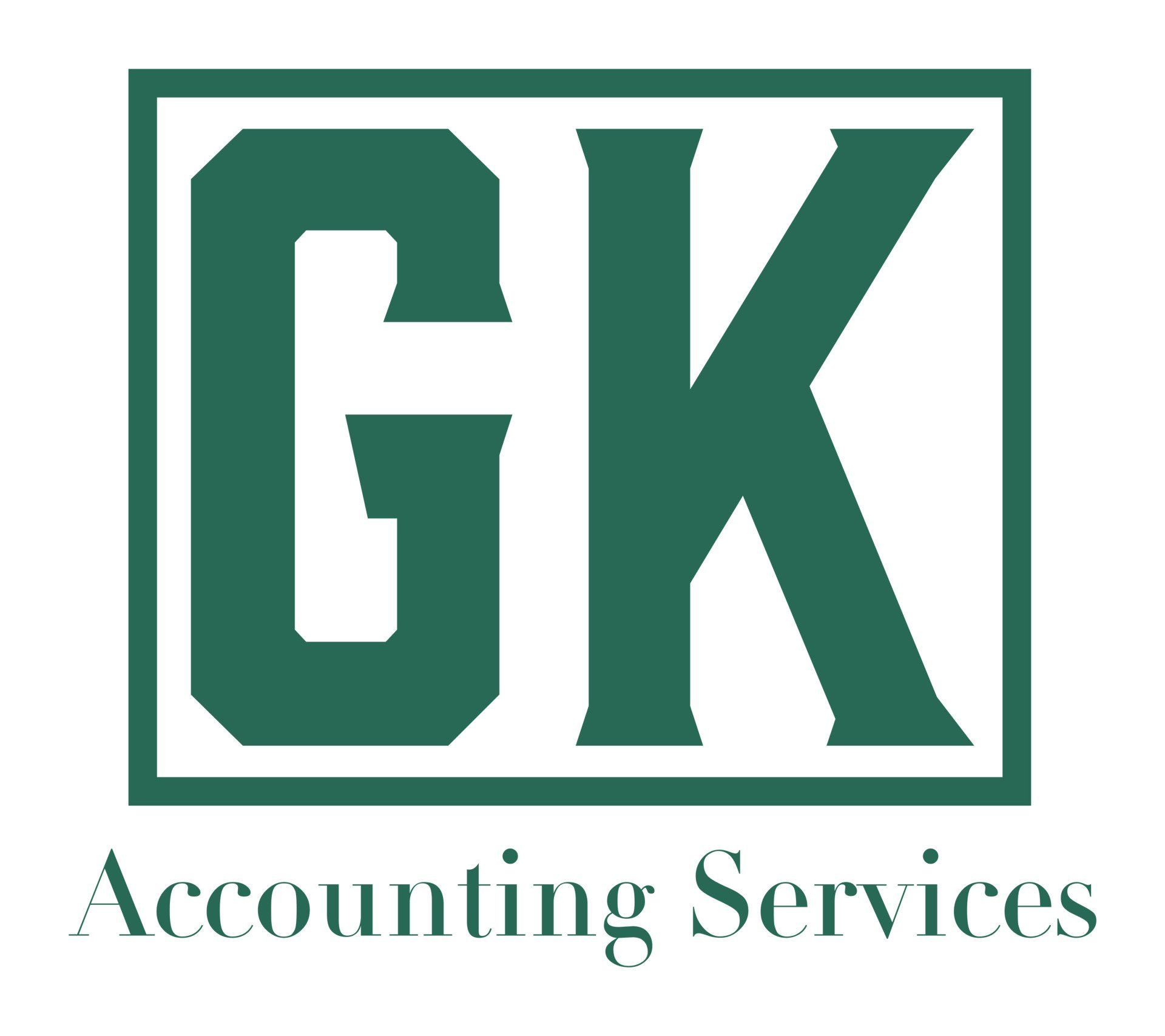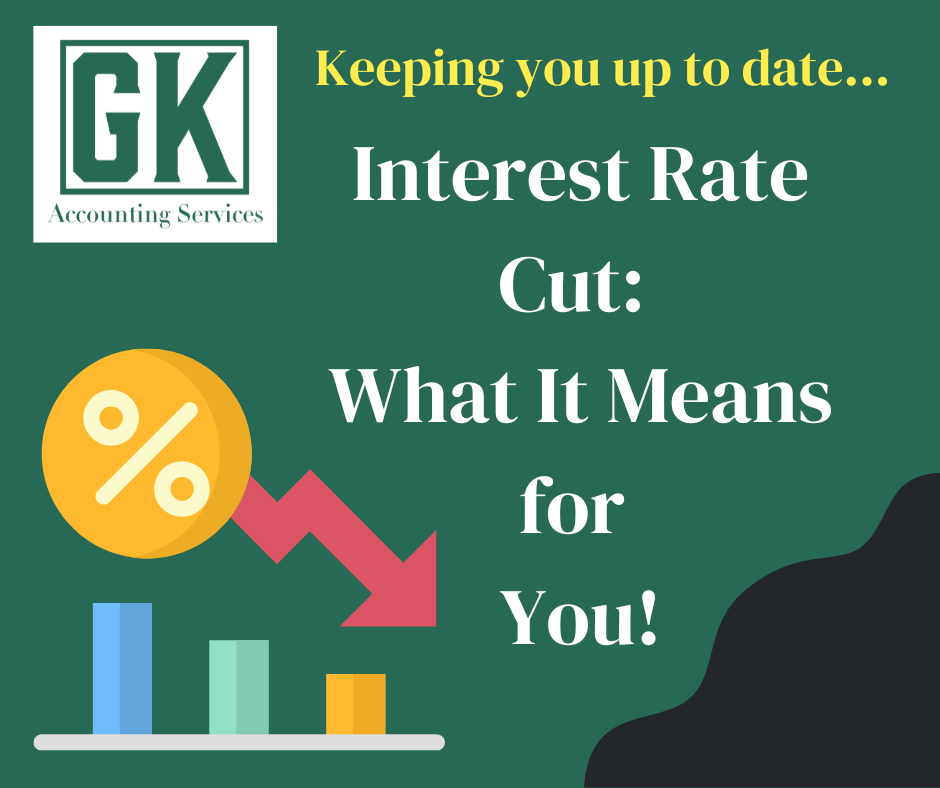Closing the Tax Gap: Insights from the 2021-22 Tax Year
The recently published tax gap figures for the 2021-22 tax year shed light on the intricate landscape of taxation in the United Kingdom. Despite the encouraging news that the tax gap has hit an all-time low of 4.8%, the staggering amount of £36 billion in lost tax highlights the ongoing challenges that Her Majesty's Revenue and Customs (HMRC) faces in ensuring proper tax collection. This article delves into the key findings of the HMRC's "Measuring the Tax Gap" report, revealing insights about tax evasion, avoidance, errors, and the various contributing factors.
Understanding the Tax Gap
The concept of the tax gap essentially reflects the disparity between the amount of tax that should have been remitted to HMRC and the actual tax receipts collected by the Exchequer. This gap encompasses a wide spectrum of scenarios, ranging from illicit activities in the black economy and deliberate tax evasion to innocent miscalculations by taxpayers and unpaid taxes from insolvent businesses. It encapsulates the intricate relationship between regulatory compliance and revenue collection.
Breakdown of Contributors
The tax gap is a complex amalgamation of factors that intertwine to create a substantial shortfall in tax revenues. A breakdown of the contributors to the tax gap reveals fascinating insights. Small businesses emerge as the largest group responsible for a significant portion of the tax gap, accounting for 56% (£20.2 billion). Following behind are criminals, large businesses, and mid-sized businesses, each contributing 11% (£4.1 billion, £3.9 billion, and £3.8 billion, respectively). Wealthy individuals are responsible for 5% (£1.7 billion), while others collectively contribute 6% (£2.1 billion) to the overall tax gap.
Types of Taxes and Their Impact
The tax gap's complexity extends to the types of taxes involved. Income Tax, National Insurance contributions, and Capital Gains Tax constitute 35% (£12.7 billion) of the total tax gap when categorised by type of tax. Corporation Tax (CT) is the second-largest contributor to the tax gap, accounting for 30% (£10.6 billion). These figures underscore the significant financial implications of individual and corporate tax discrepancies.
VAT Gap and Trends
An intriguing trend arises when considering the Value Added Tax (VAT) gap. Over the years, the gap has steadily declined, dropping from 14.0% (£11.9 billion) in 2005-06 to a significantly lower 5.4% (£7.6 billion) in the 2021-22 tax year. This sustained decrease underscores the effectiveness of HMRC's efforts in tackling VAT evasion and enhancing compliance within this taxation segment.
Behavioural Insights
The report also delves into the behavioural reasons behind the tax gap. Failure to exercise reasonable care tops the list at 30%, emphasising the significance of correct reporting and documentation. At 15%, errors signify the prevalence of unintentional mistakes that can lead to underpayment. Evasion, legal interpretation, and criminal attacks contribute 13%, 12%, and 11%, respectively, while non-payment represents 9% of the reasons behind the tax gap. This multifaceted insight into taxpayer behaviour reveals the spectrum of challenges that HMRC faces in addressing the tax gap.
Global Benchmark: HMRC's Unique Approach
It's worth noting that HMRC stands alone globally in its comprehensive approach to measuring and publishing an annual tax gap. Covering all the taxes, levies, and duties it administers within a single tax year, this unique undertaking provides valuable insights into the intricacies of tax collection. The transparent disclosure of tax gap figures allows policymakers, analysts, and the public to gauge the effectiveness of tax enforcement measures and strategies to narrow the gap.
As the tax gap narrows to an all-time low, the challenges remain considerable. The dichotomy between the reduced percentage and the staggering monetary value of the tax gap highlights the intricate nature of tax compliance and collection. The insights from the HMRC's "Measuring the Tax Gap" report offer a comprehensive overview of the contributing factors, behaviours, and trends that shape this complex landscape. In pursuing a more equitable tax system, these findings will undoubtedly guide policy decisions and strategic initiatives to reduce the tax gap in the coming years.





